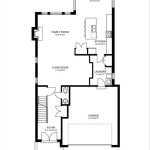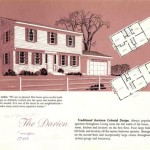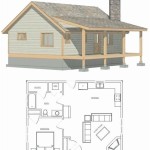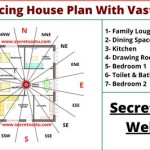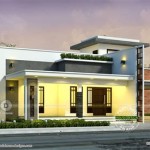Floor Plans of the White House: An Architectural Odyssey
The White House stands as an architectural masterpiece, embodying the heart of American history and government. Its legendary floor plans offer a fascinating glimpse into the structure's design, functionality, and the lives of its occupants throughout the centuries.
Ground Floor: The Public Face of the White House
The ground floor exudes grandeur and formality, serving as the venue for official receptions, state dinners, and public tours. The grand Entrance Hall leads to the East Room, a magnificent space often used for press conferences and large-scale gatherings. The Blue Room and Red Room, adorned in intricate decor, host intimate diplomatic events and private meetings.
First Floor: The Family's Private Quarters
The first floor provides a more intimate setting for the First Family's living space. The Family Dining Room and Kitchen cater to their daily needs, while the Yellow Oval Room and Green Room offer comfortable and private reception areas. The Lincoln Bedroom and Queen's Bedroom, each with its distinct ambiance, serve as the private sleeping quarters for the president and first lady.
Second Floor: Administrative and Staff Areas
The second floor houses the Oval Office, the iconic workspace of the president. Surrounding it are the Cabinet Room, Diplomatic Reception Room, and Map Room, where crucial decision-making and diplomatic functions take place. The East Wing and West Wing extend from the second floor, accommodating the offices of various White House staff and administrative functions.
Third Floor: Guest Bedrooms and Recreation
The third floor offers a sanctuary for guests and family members. It houses the Solarium, a lavishly decorated room overlooking the South Lawn, and the State Dining Room, which hosts important state occasions. The Lincoln Sitting Room and Treaty Room serve as tranquil spaces for relaxation or private meetings.
Basement: Service and Utility Areas
The basement fulfills the functional needs of the White House. It houses the Kitchen Service Area, where meals are prepared for the family and guests, as well as laundry, storage, and maintenance facilities. The Bowling Alley and Theater provide entertainment and leisure options for the occupants.
Architectural Highlights
Beyond the functional layout, the floor plans of the White House reflect its architectural brilliance. Elliptical staircases, intricate cornices, and elaborate chandeliers contribute to its grandeur. The exterior, with its iconic whitewashed walls and colonnaded portico, exudes classical elegance and timeless beauty.
Throughout history, these floor plans have witnessed the unfolding of countless historical moments. They provide a glimpse into the lives of presidents, the workings of government, and the evolution of American history within the walls of the People's House.
Photos Show The White House Interior Where Naomi Biden Got Married

The White House Archisyllogy

Pin On Cutaway Buildings
Photos Show The White House Interior Where Naomi Biden Got Married

3d White House Cutaways Did You Know The Oval Office Is Not Actually Inside Main Building Core77

The History Of Oval Office White House Floor Plans Usa

Mr Lincoln S White House

Inspired By The White House Plan 106 1206 6 Bedrooms

Floor Plan Of The White House Wall Art Canvas Prints Framed Ls Great Big

The White House Archisyllogy

